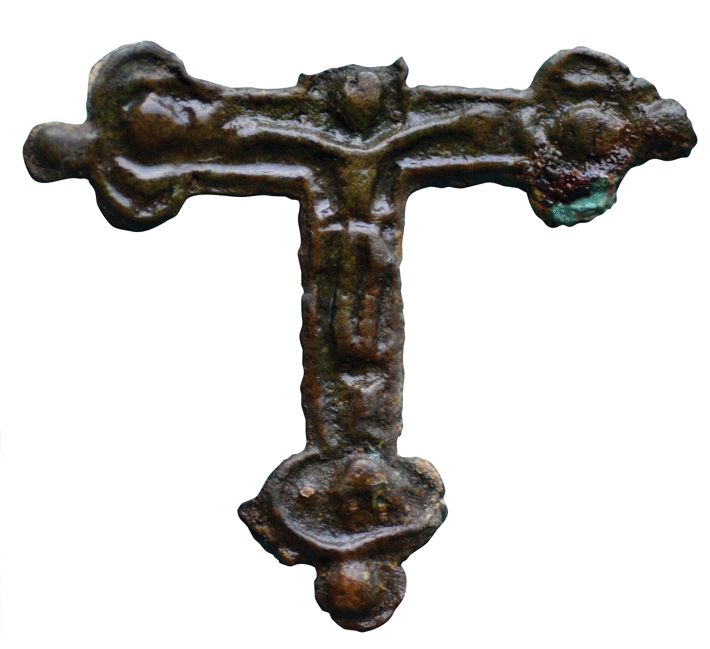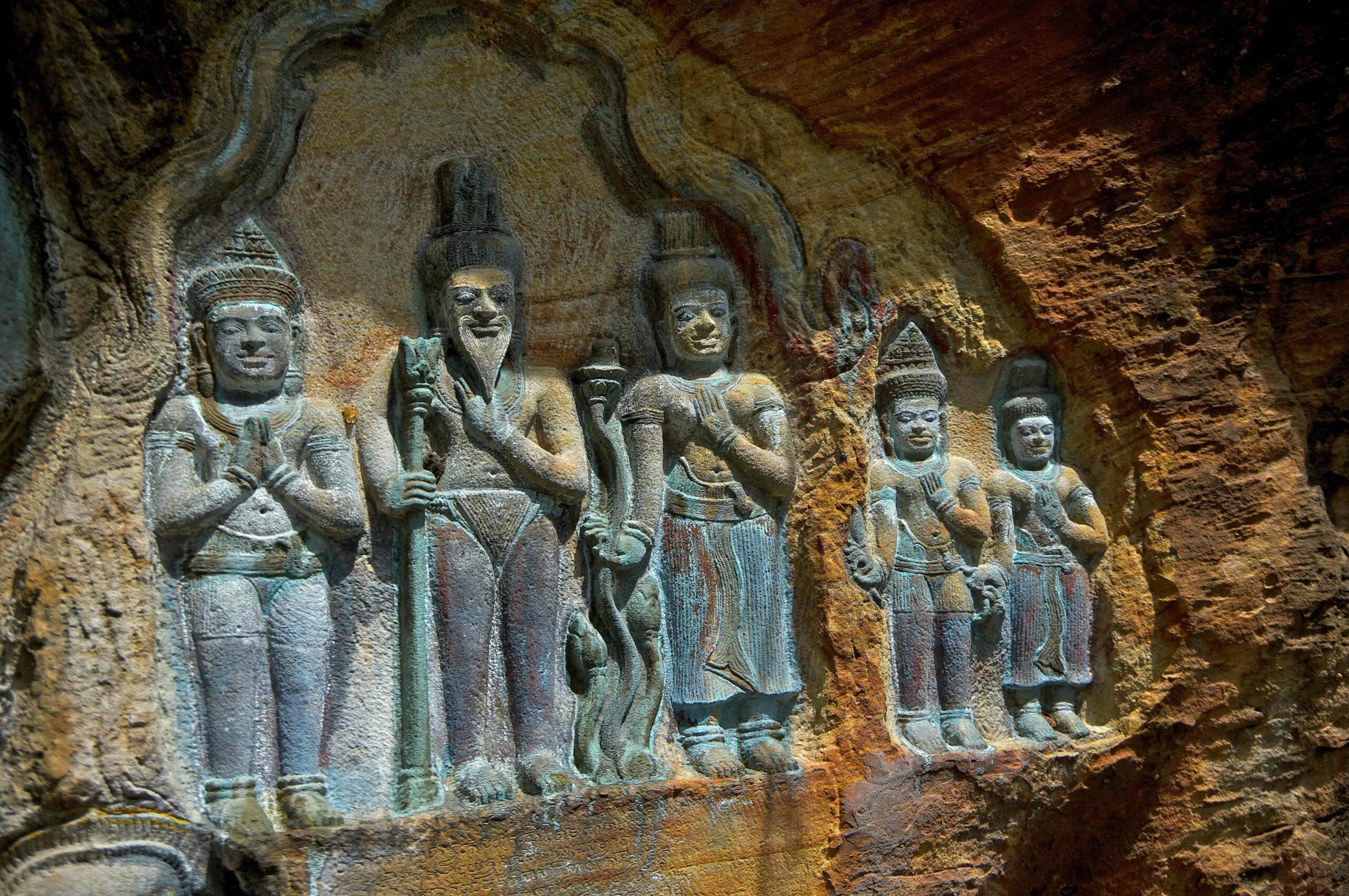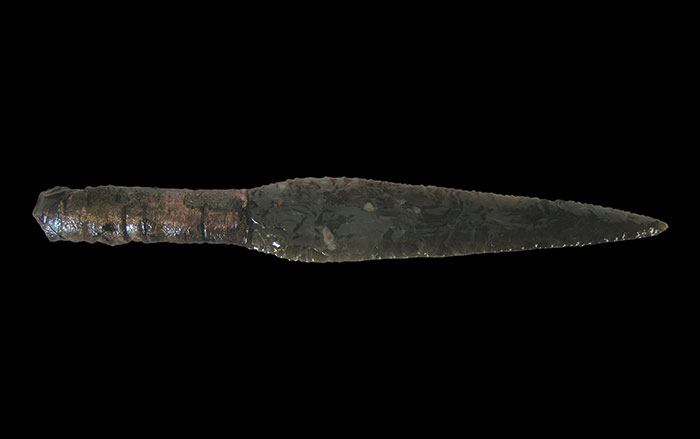
Many people will be surprised to learn that the best-preserved early English colonial site in the Americas is located on a rocky peninsula in Newfoundland, Canada. Known originally (and still) as Ferryland, the site was visited seasonally by Beothuk Indians and, in the sixteenth century, by fishermen from several European countries. English settlers arrived in the early 1620s, and George Calvert (later Lord Baltimore) christened the colony Avalon, after the legendary island of Arthurian legend. Like the Plymouth Colony, it was an early bastion of religious tolerance in North America. Over the following decades, the colony established itself and grew—with several hundred inhabitants at its peak—but it was looted and burned by French soldiers in 1696. After that, the site was all but abandoned, leaving its ruins mostly undisturbed for three centuries. The first of 23 consecutive archaeological field seasons—so far—at the site took place in 1992. Barry Gaulton, an archaeologist with Memorial University of Newfoundland, says that approximately 35 percent of the original four-acre settlement has been unearthed. “The beauty of the site,” he says, “is that it’s so well preserved. Because the settlers built in stone, it’s all there to see. There’s no real imagination required. In terms of visibility, in terms of the settlement, everything is there. Archaeologists just have to slowly uncover it all.”
The site

From June to October, visitors can explore the remains of a variety of private and public structures. The parlor and a portion of the kitchen from the mansion house of Calvert and, later, David Kirke, the first governor of Newfoundland, can be seen. Nearby are the remains of a bakery/brewhouse, cobblestone street, warehouse, forge, and well. Along the waterfront are a seawall and a sea-flushed privy. Close to two million artifacts have been uncovered, including gold rings, Portuguese ceramics, fish bones, clay pipes, empty liquor bottles, a recently found tiny copper crucifix, and a lead token produced by Kirke—North America’s earliest locally produced colonial money. Visitors can also watch archaeologists and conservators at work. Many of the artifacts are on view at the interpretation center, which hosts historical demonstrations and has a reproduction of a seventeenth-century garden.
While you’re there
The Colony of Avalon site is in the modern town of Ferryland, which has a museum of its own and a regional arts center that hosts a dinner theater, concerts, and cultural festivals. Ferryland is known as the Irish heart of Newfoundland and Labrador, and Irish traditions continue to thrive. Nearby, the Ferryland Lighthouse, built in 1870, is a great location for picnics where the curious can see birds, whales, and icebergs. You can purchase a picnic lunch and borrow a blanket and books from the folks at the lighthouse.










